Bones and Muscles
Bones and muscles give our body a definite shape. Here we will learn about the different parts of our body and their postures.
Bones: All parts of the body are held together by bones. Our bones together form the skeleton. Skeleton is the framework of bones in the body. The skeleton gives our body its shape.
When we born we had more than 300 bones.
Some of these will join together and when we are grown up we have 206 bones. So, there are 206 bones in our body. Thigh has the longest bone. Bones support and protect the soft inner body parts. The place where two or more bones meet is called a joint. We can bend our body at the joints like elbow joint.
|
Muscles:The soft parts below the skin are the muscles. Muscles are attached to the bones. Bones and muscles work together and help us to move, walk, run and cycle. Muscles become strong when we use them regularly. |
Let us learn how different exercise and body postures can make our body healthy and strong.
Postures:Posture is the position to hold our body when we stand, sit or move about.
|
How to stand? To stand in the correct posture we need to: (i) Stand erect with the back straight, chin in and chest out. (ii) Put the weight of our body evenly on the feet. |
|
How to sit? To sit in the correct posture we need to: (i) Sit up against the back of the chair with our back straight.
(ii) Keep our feet flat on the floor. (iii) Do not bend or stoop our body or shoulders. |
|
How to walk? To walk in the correct posture we need to: (i) Walk straight with our shoulders thrown back and head held high.
(ii) Swing our arms freely. |
A good posture gives proper shape to our body and keeps us healthy.
From Bones and Muscles to HOME PAGE
Recent Articles
-
Respiratory Balance Sheet | TCA Cycle | ATP Consumption Process
Feb 18, 24 01:56 PM
The major component that produced during the photosynthesis is Glucose which is further metabolised by the different metabolic pathways like glycolysis, Krebs cycle, TCA cycle and produces energy whic… -
Electron Transport System and Oxidative Phosphorylation | ETC |Diagram
Feb 04, 24 01:57 PM
It is also called ETC. Electron transfer means the process where one electron relocates from one atom to the other atom. Definition of electron transport chain - The biological process where a chains… -
Tricarboxylic Acid Cycle | Krebs Cycle | Steps | End Products |Diagram
Jan 28, 24 12:39 PM
This is a type of process which execute in a cyclical form and final common pathway for oxidation of Carbohydrates fat protein through which acetyl coenzyme a or acetyl CoA is completely oxidised to c… -
Aerobic Respiration | Definition of Aerobic Respiration | Glycolysis
Dec 15, 23 08:42 AM
This is a type of respiration where molecular free oxygen is used as the final acceptor and it is observed in cell. Site of Aerobic Respiration - Aerobic respiration is observed in most of the eukaryo… -
Fermentation | Definition | Types of Fermentation | Application
Nov 29, 23 10:27 PM
Definition of fermentation- It is a process that is energy yielding process of anaerobic oxidation of organic compounds which are carried out by the enzyme action of micro organisms where neither gase…
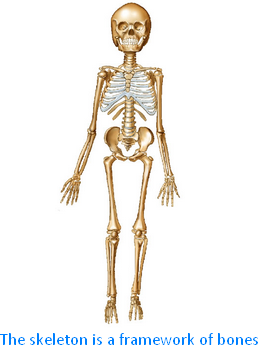

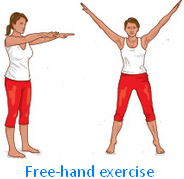
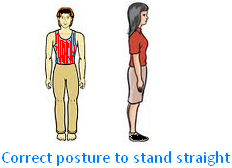
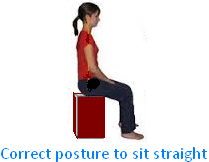
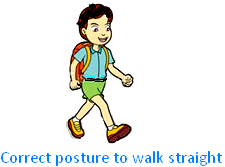
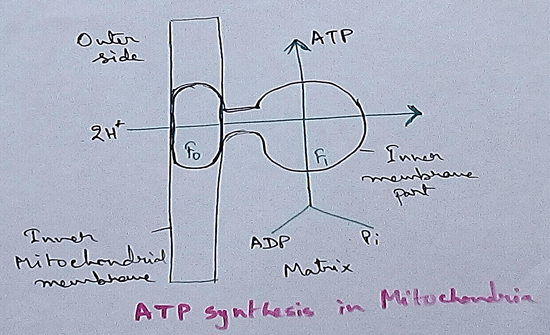
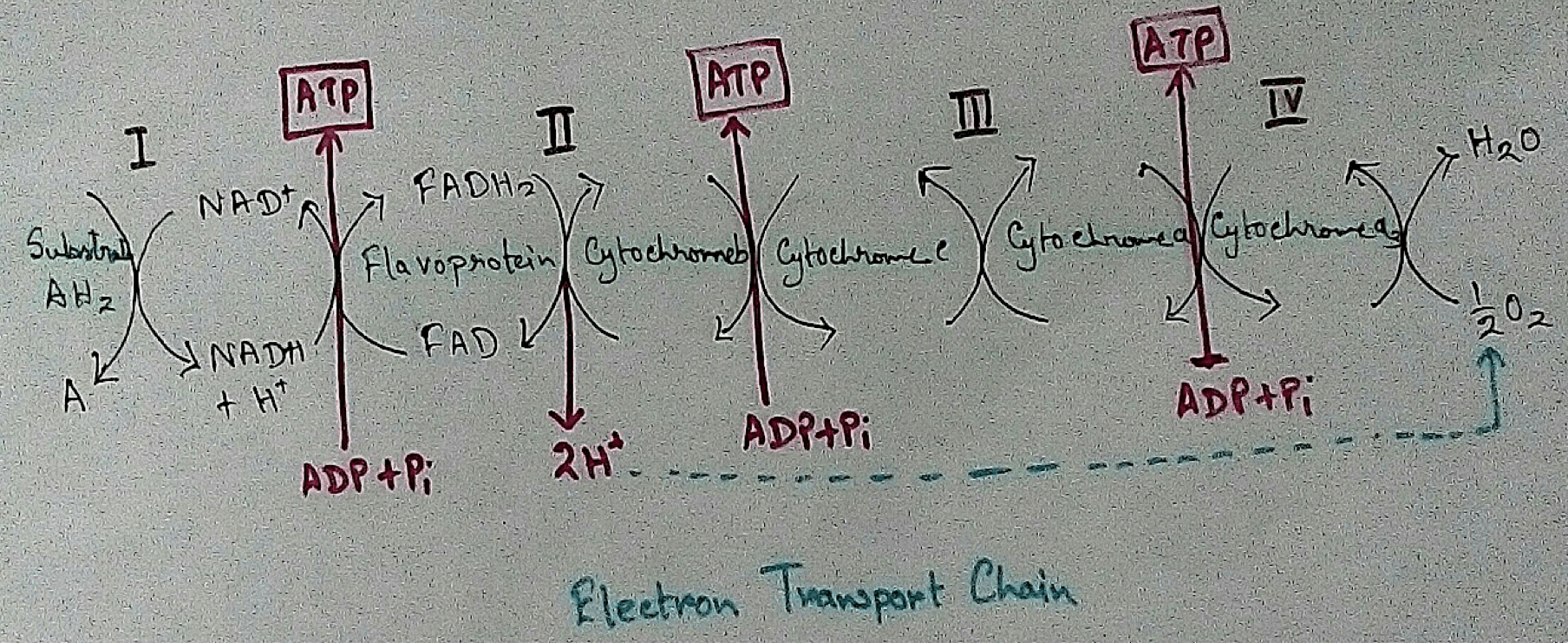

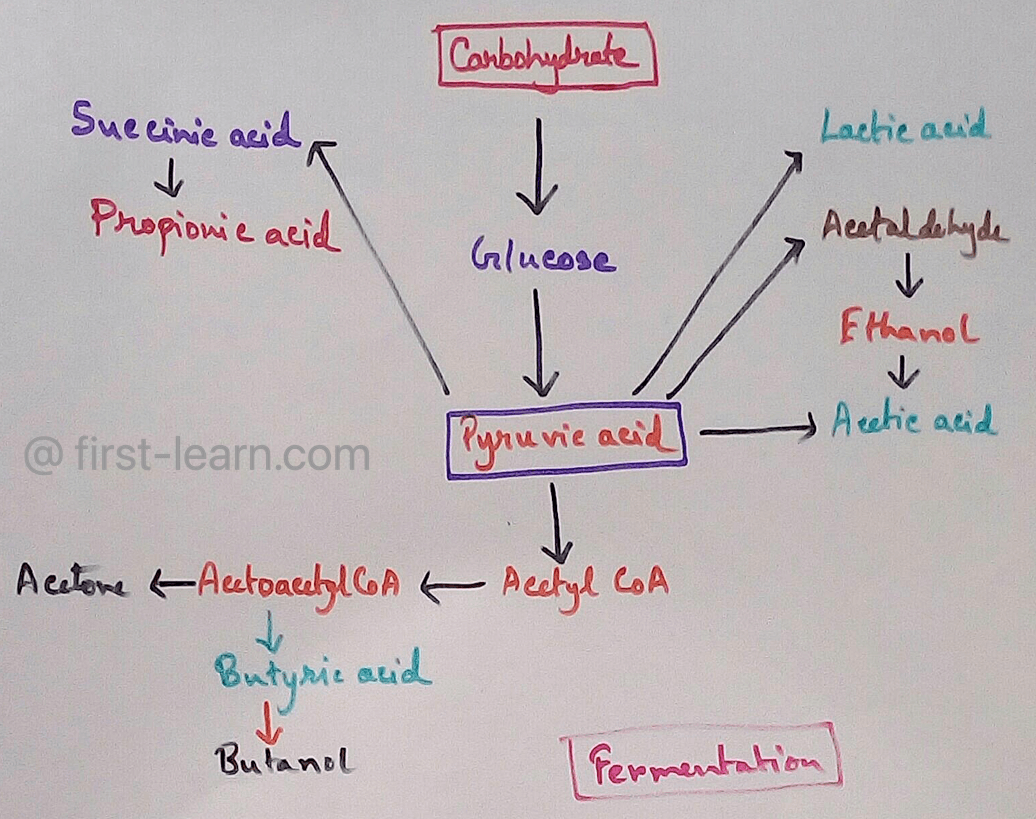
New! Comments
Have your say about what you just read! Leave me a comment in the box below.